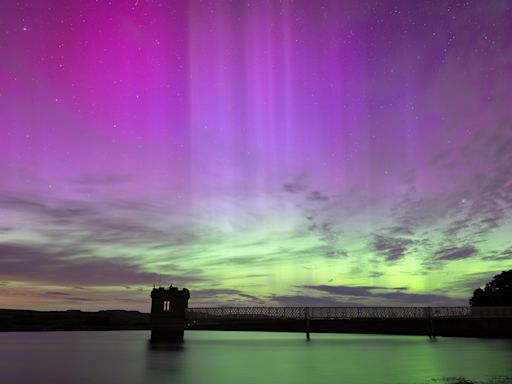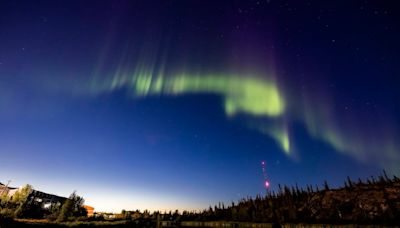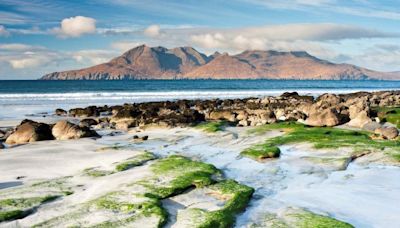Search results
This product is based on the OVATION model and provides a 30 to 90 minute forecast of the location and intensity of the aurora. The forecast lead time is the time it takes for the solar wind to travel from the L1 observation point to Earth. The two maps show the North and South poles of Earth respectively. The brightness and location of the ...
- 27-Day Outlook of 10.7 cm Radio Flux and Geomagnetic Indices
The 27-day Space Weather Outlook Table , issued Mondays by...
- Models
SWPC researchers and forecasters utilize a variety of models...
- Aurora - 3 Day Forecast
HF Radio: Weak or minor degradation of HF radio...
- Boulder Magnetometer
The Boulder Magnetometer has been in operation since 1961,...
- Discussion of The Aurora Phenomena
The Aurora Borealis (Northern Lights) and Aurora Australis...
- Forecast Discussion
Issued every 12 hours, twice daily at 0030 UTC and 1230 UTC...
- 27-Day Outlook of 10.7 cm Radio Flux and Geomagnetic Indices
People also ask
Where are the Northern Lights in the UK?
Will the Northern Lights be your last chance to see it?
What causes Northern Lights?
Where is Northern Lights copper project located?
This is a prediction of the intensity and location of the aurora borealis tonight and tomorrow night over North America. It also shows a 'viewline' that represents the southern-most locations from which you may see the aurora on the northern horizon.This product is based on the OVATION model and uses the maximum forecast geomagnetic activity (Kp) between 6pm and 6am US Central Time.
Aurora. An aurora[ a] ( pl. aurorae or auroras ), [ b] also commonly known as the northern lights ( aurora borealis) or southern lights ( aurora australis ), [ c] is a natural light display in Earth 's sky, predominantly seen in high-latitude regions (around the Arctic and Antarctic ).
The Aurora Borealis (Northern Lights) and Aurora Australis (Southern Lights) are the result of electrons colliding with the upper reaches of Earth’s atmosphere. (Protons cause faint and diffuse aurora, usually not easily visible to the human eye.) The electrons are energized through acceleration processes in the downwind tail (night side) of ...
Jun 10, 2021 · The northern lights (aurora borealis) illuminate the sky over Reinfjorden in Reine, on Lofoten Islands in the Arctic Circle in 2017. Jonathan Nackstrand/AFP via Getty Images hide caption










